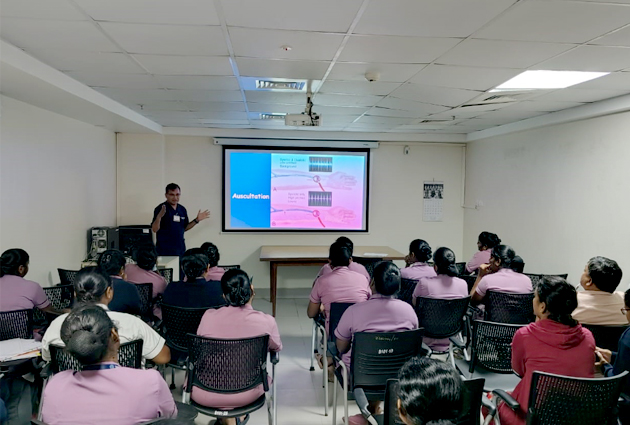Balanced Crystalloid Fluids May Reduce Delayed Graft Function in Deceased Donor Kidney Transplantation – New Selection of Global Trials Out Now
To stay updated on the latest research and developments in kidney care, access the latest selection of global trials from the ISN-ACT initiative here in multiple languages.
ISN-ACT Global Trials Focus Coordinator Michele Provenzano summarizes the design and outcomes of the ISN-ACT Global Trials Focus’ latest “Trial of the Month.”
Balanced Crystalloid Solution Versus Saline in Deceased Donor Kidney Transplantation (BEST-Fluids): A Pragmatic, Double-blind, Randomized, Controlled Trial
Collins et al, Lancet 402(10396):105-117.
Summary
In this pragmatic double-blind trial, known as BEST-Fluids, 808 participants (adults and children of all ages) receiving a deceased donor kidney transplant underwent randomization, with 404 receiving balanced crystalloid (Plasma-Lyte 148) and 404 receiving normal saline (0.9% sodium chloride) for all intravenous fluid indications during transplantation surgery and up to 48 hours after transplantation.
The balanced crystalloid group received higher total fluid volumes in this period than the saline group (mean 8143mL vs 7180mL). Approximately 45% of participants in each group received some non-trial saline (mean 500-600mL) primarily for medication administration.
The primary outcome of delayed graft function (DGF), defined as receiving dialysis within seven days after transplantation, occurred in 121 (30%) of 404 participants in the balanced crystalloid group compared to 160 (40%) of 403 in the saline group (adjusted relative risk 0.74, 95% confidence interval [CI] 0.66 to 0.84, p<0.0001; adjusted risk difference 10.1%, 95%CI 3.5 to 16.6).
The benefit of balanced crystalloids was clearest among the subgroup with kidney donation after circulatory death, which demonstrated a statistically significant reduction in DGF despite only representing a quarter of the study population.
The effects of kidney donation after circulatory death were significantly different from donation after brain death (hazard ratio [HR] 0.65, 95%CI 0.54–0.78 and HR 0.88, 95%CI 0.74–1.04 respectively; p heterogeneity =0.0072).
The effects in other sub-groups defined by baseline Kidney Donor Risk Index tertile, use of machine perfusion, or ischaemic time appeared consistent with the overall effects. There were no clear differences in rates of hyperkalemia or fluid overload in the first 48 hours or graft rejection or failure to 52 weeks.
Comment
Delayed graft function is a major adverse post-operative complication of deceased donor kidney transplantation affecting up to 30% of all recipients and around half of all those receiving kidneys donated after circulatory death.
DGF is, in turn, associated with higher rates of rejection and worse graft survival in observational studies. Normal saline may contribute to this risk by promoting hyperchloremia and related metabolic acidosis, which can lead to vasoconstriction and reduced kidney graft perfusion.
Before this study, two meta-analyses had found no significant differences in DGF risk between balanced crystalloids and saline solutions; however, the included trials were single-center, small (only one had >100 participants), and were in general of low overall quality with unclear or high risk of bias.
In contrast, BEST-Fluids was a large, rigorously conducted trial and found a significant reduction in the incidence of DGF with the balanced crystalloid solution Plasma-Lyte 148 compared with saline, suggesting that one case of DGF could be prevented for every ten patients treated, without increasing adverse events.
While there may be some questions of generalizability to low-risk transplantation from donors after brain death or living-related donors, the results are nonetheless likely to be practice-changing.











